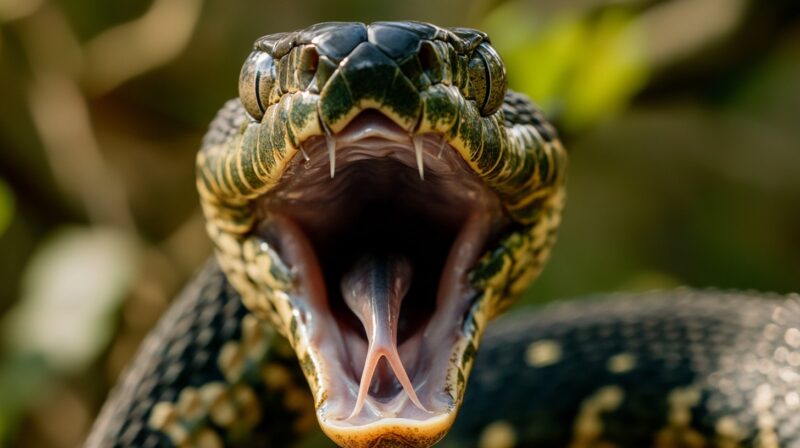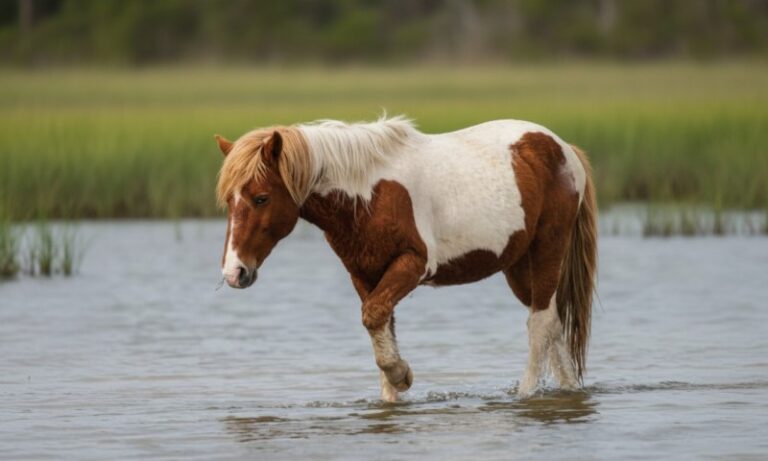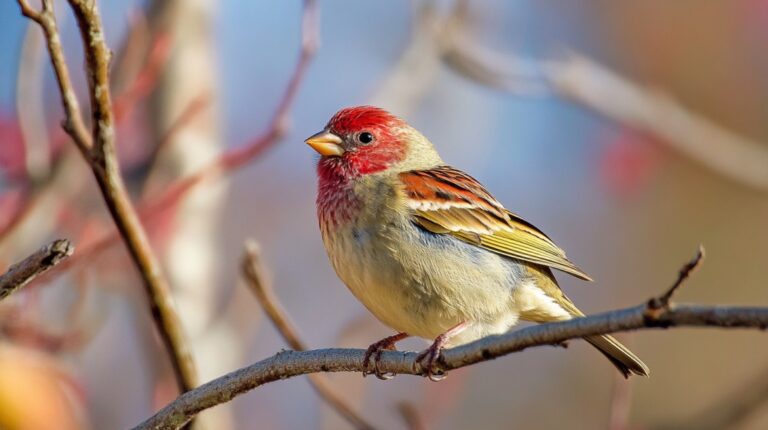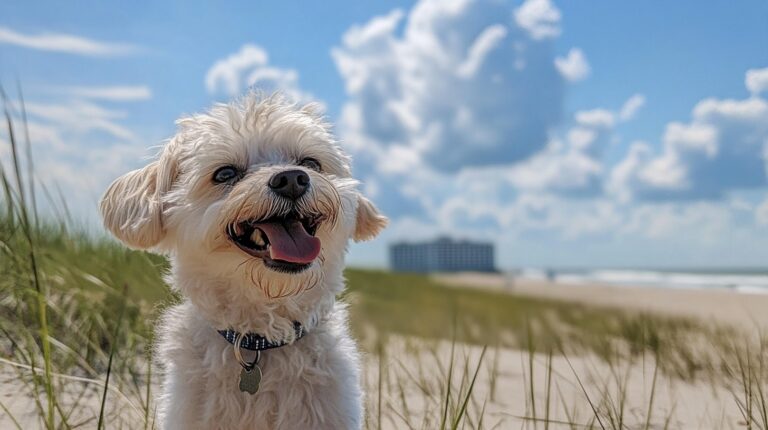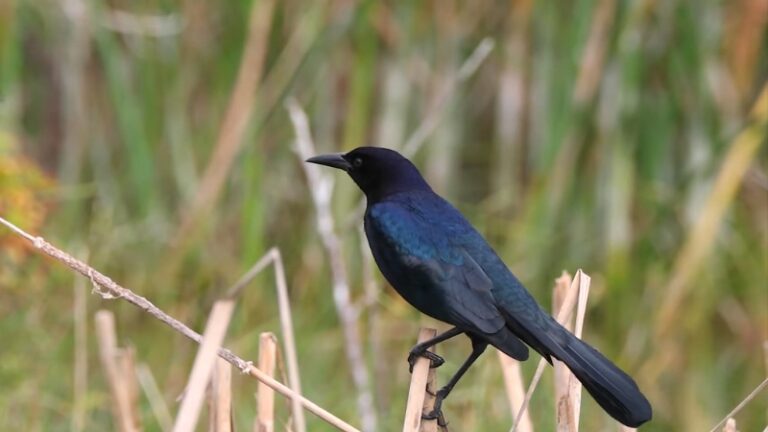Virginia is home to a vast array of wildlife, from the coastal regions to the dense forests of the Blue Ridge Mountains.
While most animals pose little threat to humans, some require extra caution due to their potential danger.
Being aware of these animals and knowing how to stay safe around them is crucial for outdoor enthusiasts and residents alike.
Let us talk about them in greater detail.
Table of Contents
Toggle1. Copperhead Snakes
- Size: 2-3 feet long
- Species: Agkistrodon contortrix
- Copperhead snakes are among the most commonly encountered venomous snakes in Virginia.
Though their bites are rarely fatal, they can cause:
- Pain
- Swelling
- Tissue damage
Fun Fact: Copperheads got their name for the coppery, or reddish, color that often is found on their head
Copperheads prefer habitats like abandoned areas, wood piles, and construction sites where they can easily blend in due to their camouflage pattern.
Distinctive copper-colored head with hourglass-shaped patterns on the body
These snakes are not aggressive and usually bite only in self-defense, making it crucial to watch where you step or place your hands when in potential copperhead territory.
If bitten, it’s essential to seek medical help immediately. Keeping calm, washing the area, and immobilizing the limb can help reduce the spread of venom before you get to a hospital.
2. Black Bears
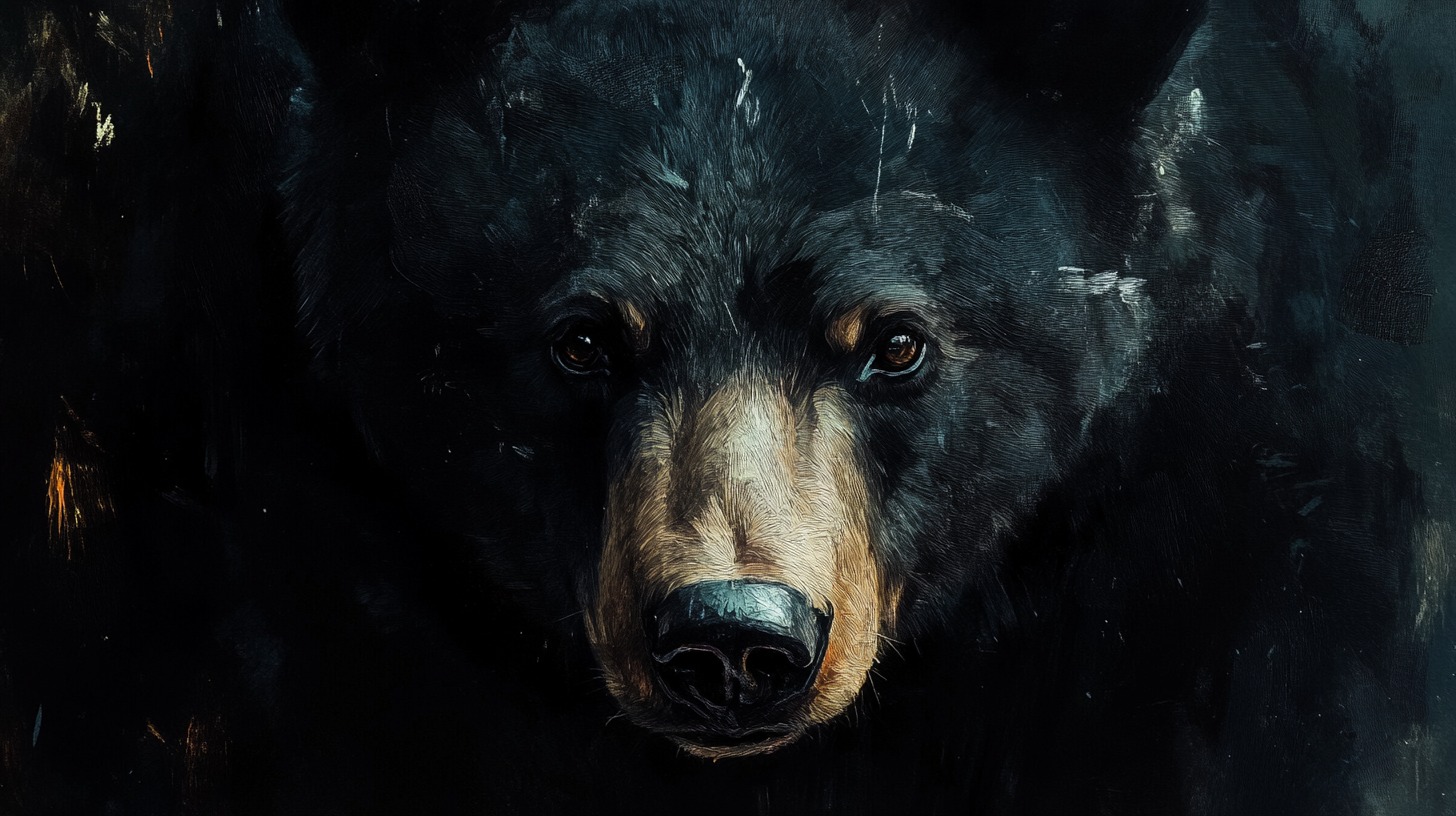
- Size: 4-7 feet long, weighing up to 600 pounds
- Species: Ursus americanus
- Coat color varies from black to brown with a thick, shaggy texture
As the largest predators in Virginia, black bears are an iconic yet potentially dangerous part of the state’s wildlife.
The estimations show there are around 17,000 black bears within the state, according to WildlifeCenter.
Although these bears typically avoid human contact, they can become aggressive if they feel threatened, especially during the mating season or when protecting their cubs.
It’s crucial to understand their behavior and how to react in a bear country.
To avoid dangerous encounters, hikers and campers should store food properly and maintain a safe distance if a bear is spotted. In the event of an encounter, it’s recommended to stay calm, avoid eye contact, and slowly back away.
Running could trigger their chase instinct. Bear spray is a good deterrent in more remote areas.
3. Timber Rattlesnakes
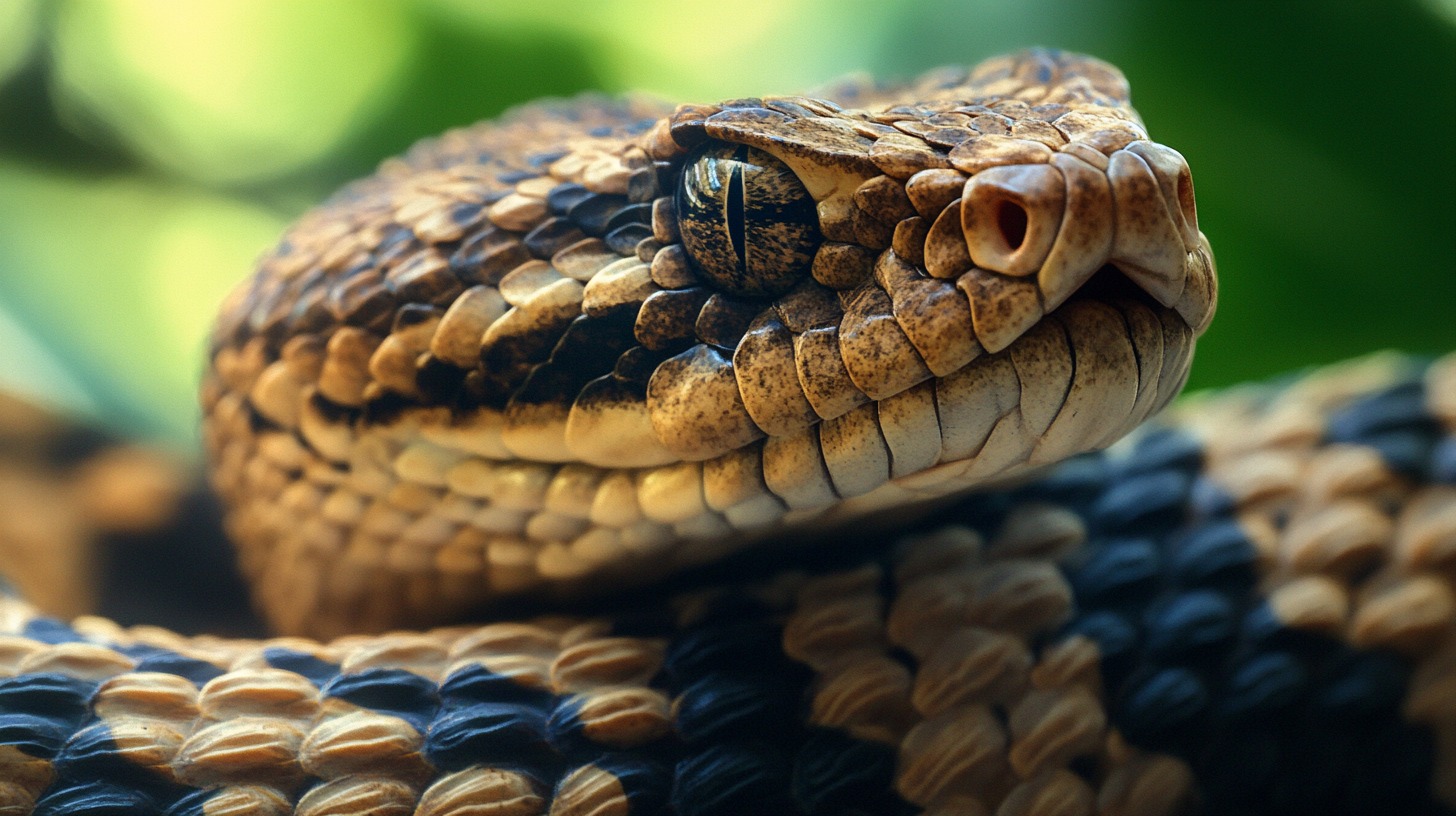
- Size: 3-5 feet long
- Species: Crotalus horridus
- Distinctive rattling sound and dark bands across their body
Timber rattlesnakes are one of Virginia’s most dangerous snakes due to their highly venomous bite. Found in forested and mountainous regions, these snakes are known for their impressive camouflage and their tendency to ambush prey.
While rattlesnakes usually give a warning rattle before striking, this isn’t always guaranteed.
If you venture into rattlesnake territory, it’s essential to stay aware of your surroundings. Rattlesnakes are generally more active in the warmer months, so be extra cautious when hiking.
If bitten, immediate medical attention is required, as their venom can cause tissue damage, severe pain, and even be life-threatening if not treated quickly.
4. Cottonmouth Snakes (Water Moccasins)
- Size: 2-4 feet long
- Species: Agkistrodon piscivorus
- Named for the white, cotton-like interior of their mouth, which they show when threatened
Fun Fact: Cottonmouth Snakes feed on eggs, birds, rodents, baby alligators, fishes, small turtles, amphibians and other snakes.
Cottonmouth snakes, also known as water moccasins, are venomous reptiles that thrive near Virginia’s swamps, rivers, and ponds.
These snakes are known for their aggressive behavior when threatened, and their venom can cause serious damage to muscle tissue, which may require medical intervention.
Cottonmouths are strong swimmers and can be found basking on rocks or swimming in shallow waters. If you encounter one, it’s best to keep your distance, as they can strike from both land and water.
Warning signs of their presence include the characteristic wide-open mouth display, designed to ward off potential threats.
Avoiding heavily vegetated areas near water during warm months reduces the chance of an encounter.
5. Coyotes
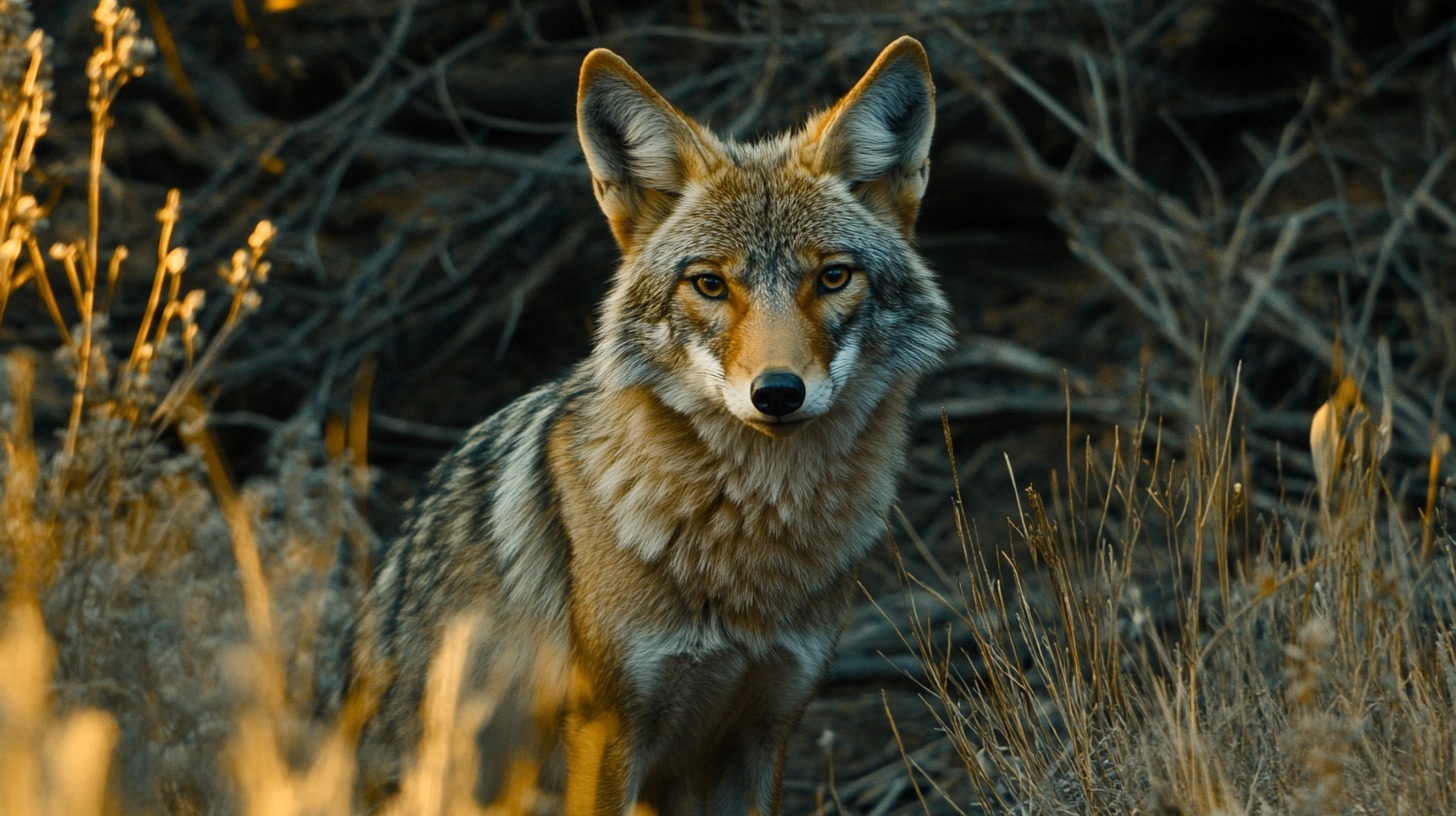
- Size: 20-50 pounds, about 3.5-4.5 feet long
- Species: Canis latrans
- Tawny-gray coat with pointed ears and bushy tail
Coyotes are adaptable predators that have thrived in Virginia’s changing environment.
Though they generally avoid humans, they may attack pets or livestock, especially if they are hungry or feel threatened.
They are known for their cunning nature and can become bold if they become accustomed to human presence.
Coyotes are most active at dawn and dusk. If you live near areas where coyotes are common, it’s important to keep pets indoors or secure them in safe enclosures.
Removing food sources, such as garbage or outdoor pet food, can also reduce the chance of attracting them. In case of an encounter, making loud noises or spraying water can help scare them off.
6. Black Widow Spiders
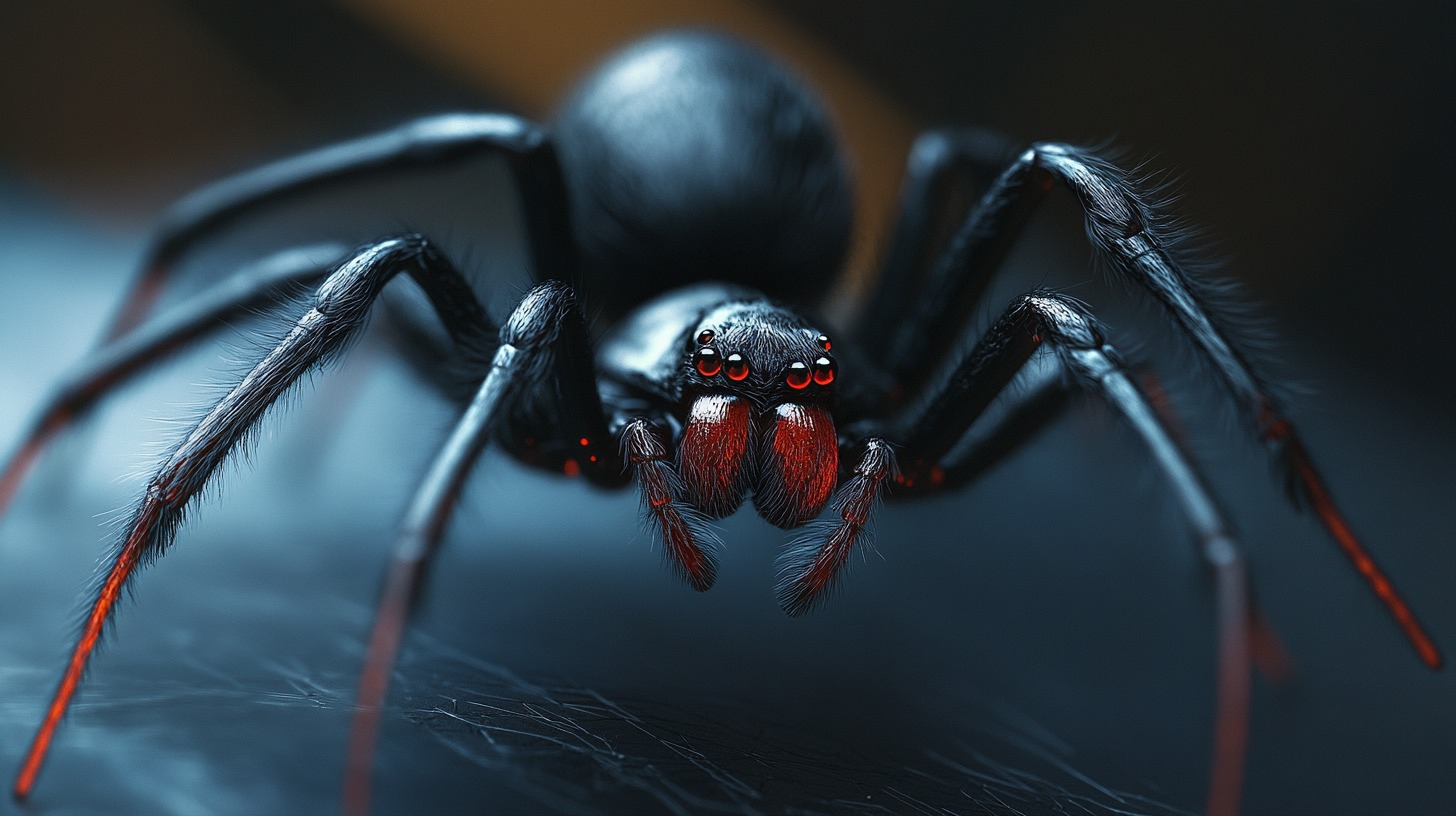
- Size: Small, about 0.5-1.5 inches long
- Species: Latrodectus mactans
- Glossy black body with a distinctive red hourglass marking on the abdomen
Black widow spiders are some of the most venomous arachnids in Virginia. Their bites, though rarely fatal, can cause severe pain, muscle cramps, and even neurological issues if left untreated.
These spiders are commonly found in dark, undisturbed areas such as:
- Sheds
- Garages
- Basements
To avoid black widow bites, it’s important to inspect areas where they might hide before placing your hands or feet inside.
Wearing gloves when handling materials in dark areas can also prevent accidental bites. If bitten, seeking medical attention is crucial, especially for children or the elderly, as their venom affects the nervous system.
7. Bull Sharks
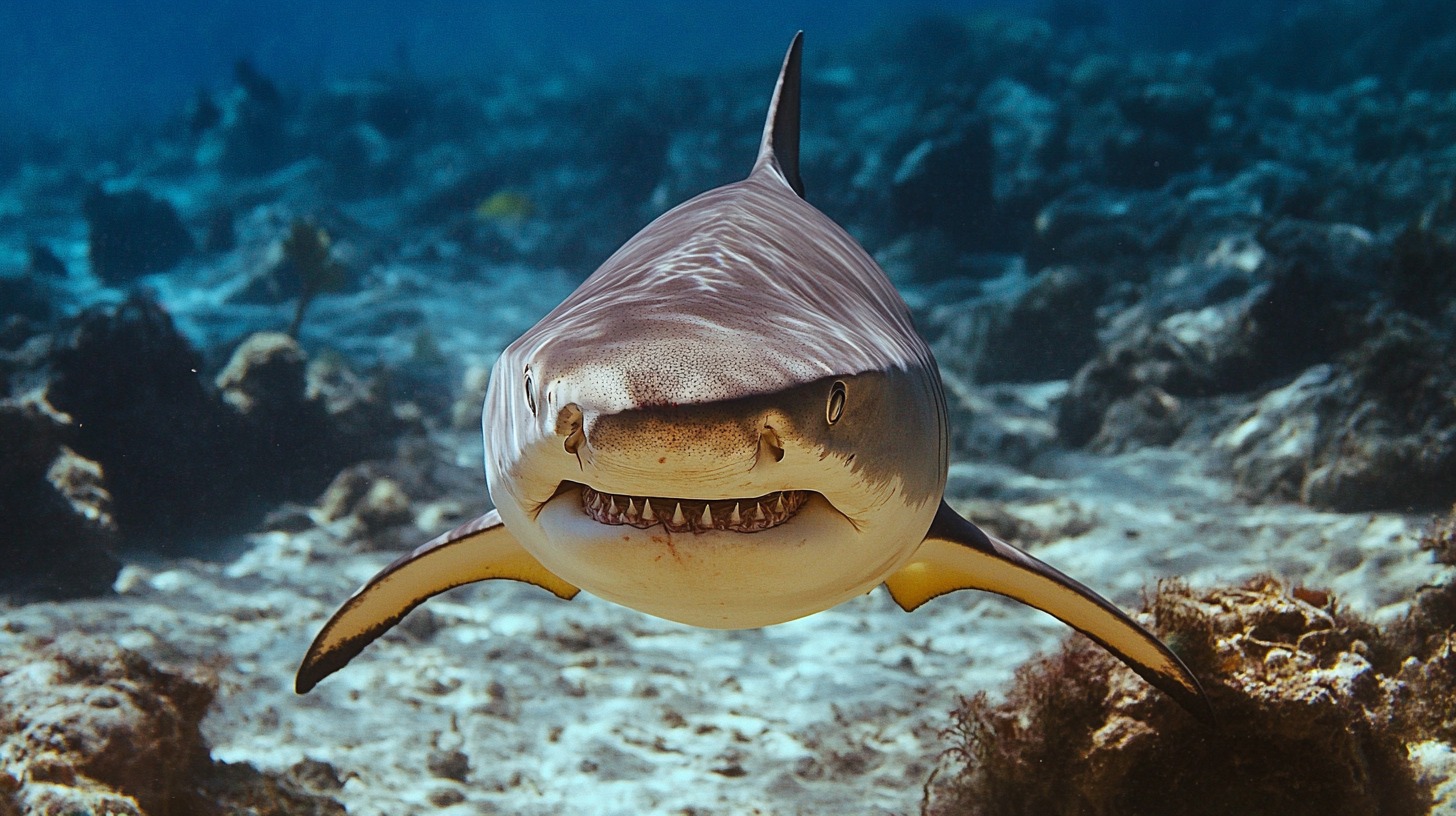
- Size: 7-11 feet long
- Species: Carcharhinus leucas
- A stocky, robust body with a blunt, rounded snout
Bull sharks are formidable predators found along Virginia’s coastal waters and the Chesapeake Bay.
Known for their aggressive nature, bull sharks are unique because they can thrive in both saltwater and freshwater, making them more likely to come into contact with humans.
Though rare, shark attacks can happen, and bull sharks are often implicated.
To reduce the risk of shark attacks, it’s advisable to avoid swimming during dawn or dusk, when sharks are most active.
Refrain from swimming near schools of fish or wearing shiny jewelry, which can resemble fish scales to a shark. If a shark is spotted, calmly exit the water without thrashing or making sudden movements.
8. Grizzly Bears
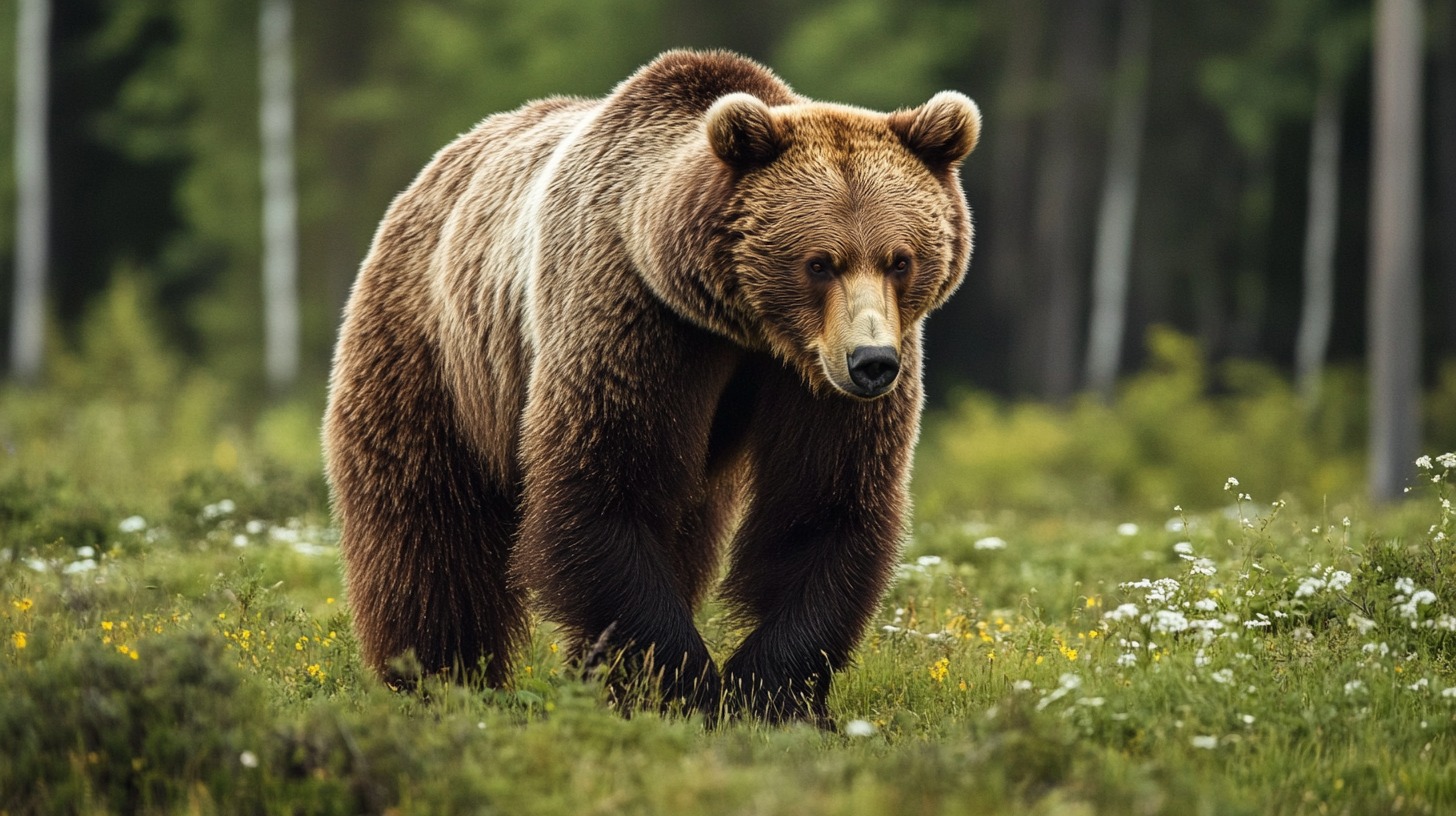
- Size: 6-9 feet long, weighing up to 1,200 pounds
- Species: Ursus arctos horribilis
- Distinctive hump on their shoulders and a brown, grizzled coat
Though not native to Virginia, grizzly bears have occasionally been sighted in the state’s more remote mountain regions.
These massive and powerful bears pose a significant threat, particularly when they feel threatened or surprised.
Grizzly attacks, though extremely rare, can be fatal due to their sheer size and strength.
For those venturing into bear territory, carrying bear spray and making noise to alert bears of your presence can prevent dangerous encounters.
If attacked by a grizzly, playing dead may reduce the duration of the attack, though fighting back is recommended in predatory situations.
Understanding bear behavior and being cautious in remote areas is key to avoiding conflict.
9. Snapping Turtles
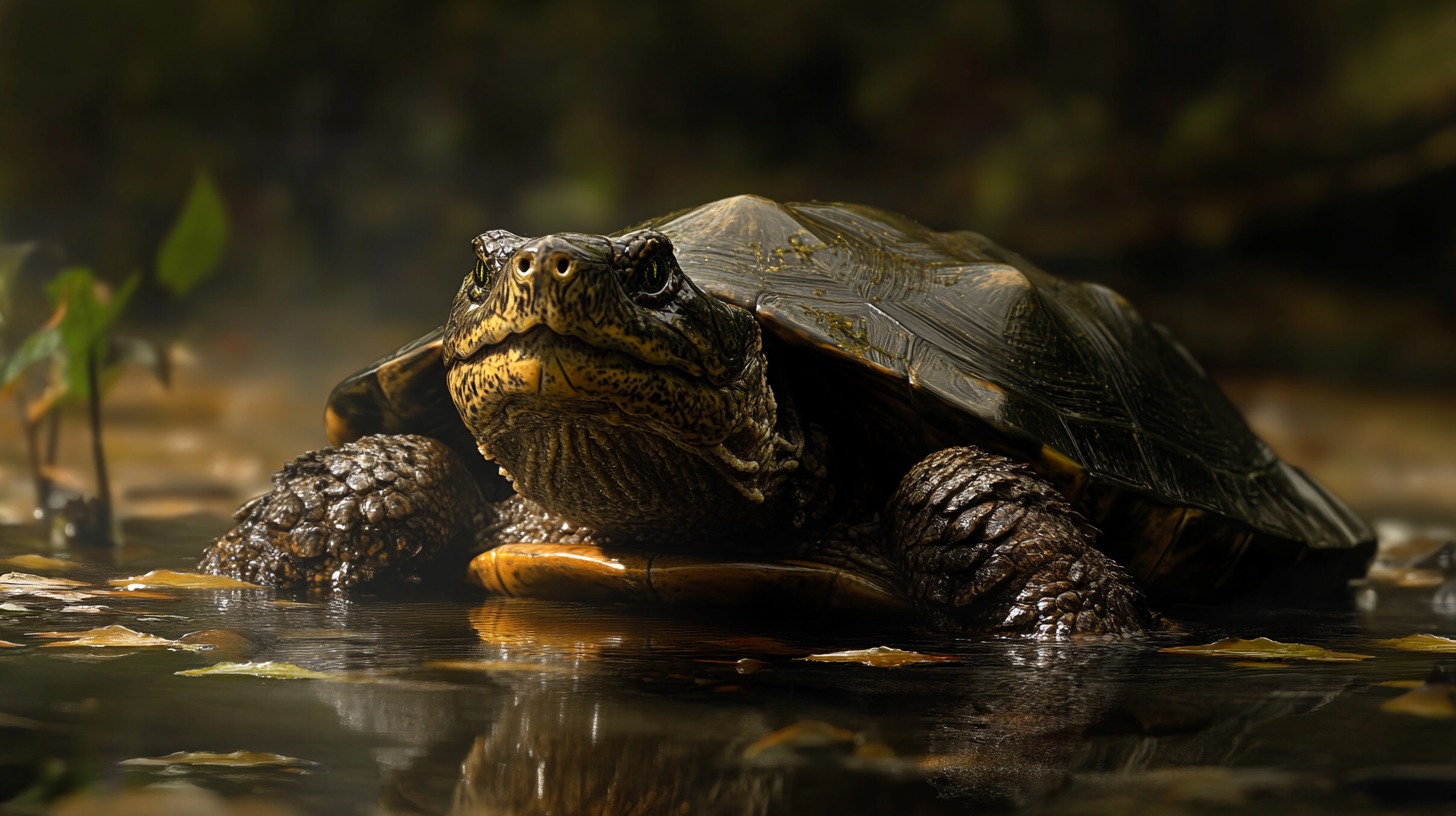
- Size: 8-18 inches in shell length, weighing up to 35 pounds
- Species: Chelydra serpentina
- Large head, long tail, and hooked beak-like jaws
Snapping turtles are among the most dangerous freshwater creatures in Virginia due to their powerful jaws and aggressive demeanor.
These turtles are common in wetlands, ponds, and lakes, and while they are generally shy, they can become highly aggressive if provoked or threatened.
Snapping turtles can inflict serious injuries with their strong bite, capable of breaking bones or severing fingers. When kayaking, fishing, or walking near wetlands, it’s essential to avoid these turtles, especially during their nesting season.
If encountered, maintaining a safe distance is the best strategy, as they are faster and more aggressive than most people expect.
10. Wild Boars
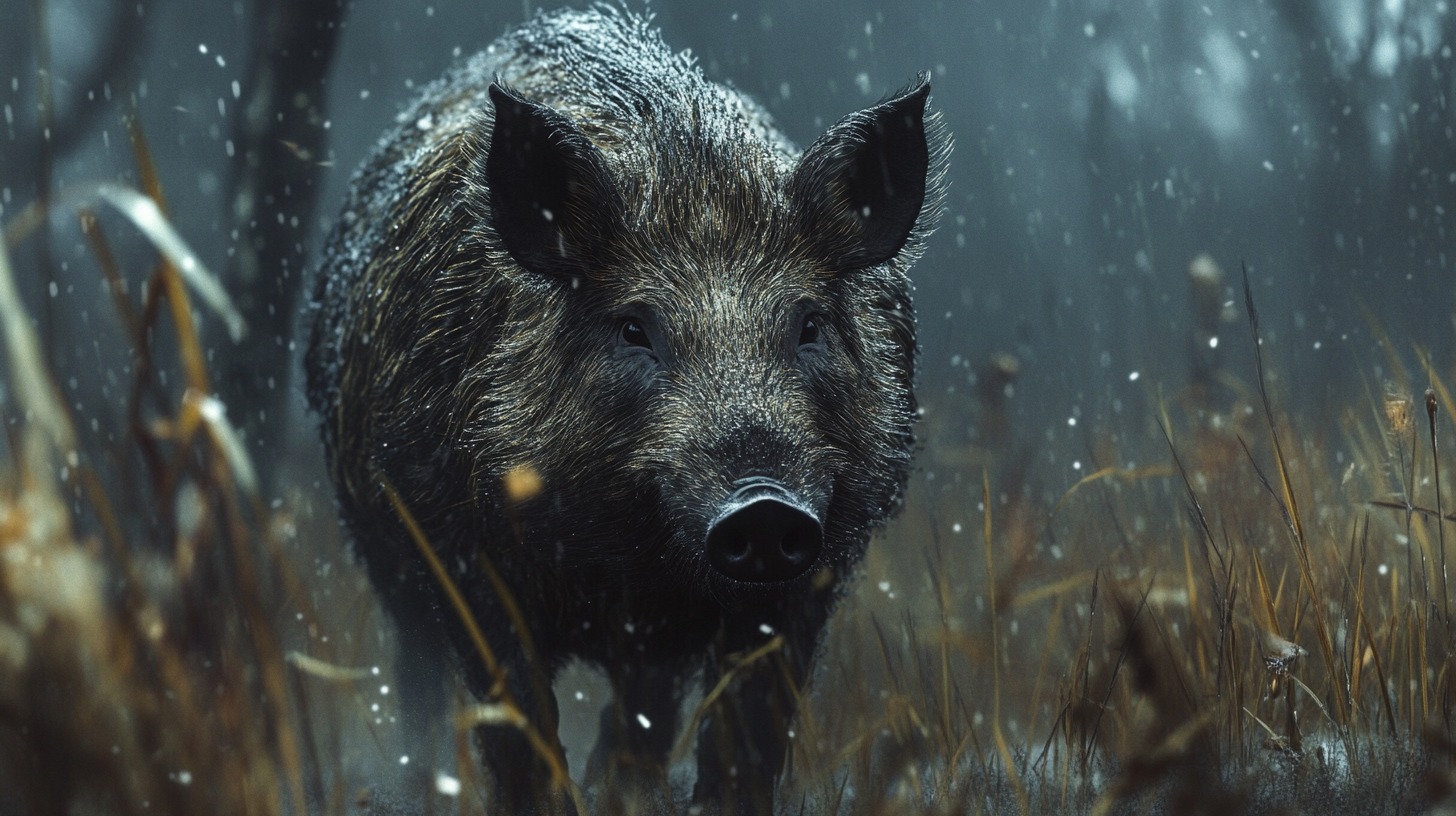
- Size: 3-6 feet long, weighing up to 300 pounds
- Species: Sus scrofa
- Coarse, dark fur with sharp tusks
Wild boars are an invasive species in Virginia, known for their destructive behavior and aggressive nature.
These animals can cause significant damage to ecosystems and agriculture, and they pose a threat to humans, especially when cornered or protecting their young.
They are also capable of spreading diseases to livestock and humans. Wild boars can be particularly dangerous during mating season or if they feel threatened.
If you encounter one in the wild, it is best to back away slowly and avoid sudden movements.
Due to their ability to charge quickly, running may provoke them. Efforts to control wild boar populations are ongoing, but encounters remain a possibility in rural and forested areas.
FAQs
The Bottom Line
Virginia’s wildlife is both fascinating and potentially dangerous. Respecting the habitats of these animals and following safety guidelines can help reduce the risk of harmful encounters.
Always remain vigilant in natural areas and understand that wildlife, while beautiful, should be treated with caution and respect.
Related Posts:
- 9 Best Spas in Virginia Beach You Need to Visit in 2024
- 26 Most Exciting Animals at Nova Wild You Shouldn’t Miss
- 11 Upcoming Virginia Beach Concerts You Don’t Want…
- 12 Must-Visit Attractions in Virginia Beach in 2024
- Why These 12 Hotels Are the Best in Virginia Beach for 2024
- Top 12 Must-Try Restaurants in Virginia Beach in 2024


